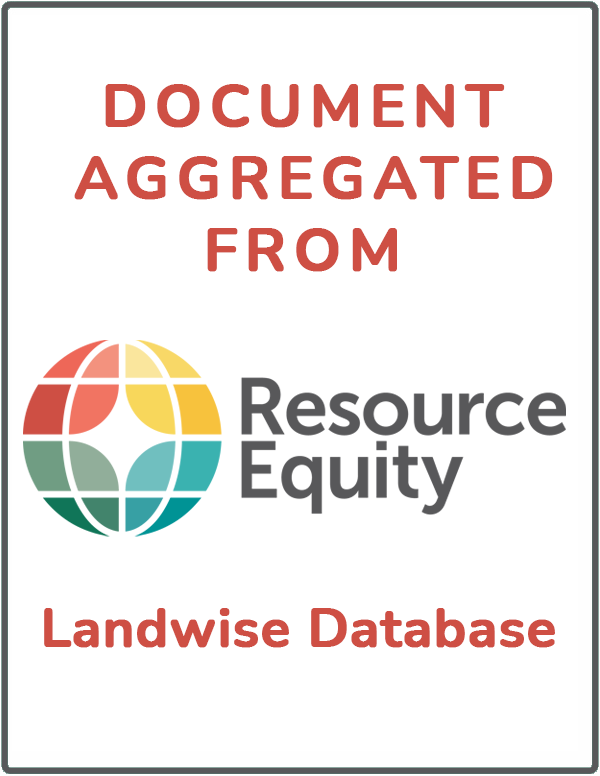UNTITLED: Securing Land Tenure in Urban and Rural South Africa
Are Protected Forests of Bangladesh Prepared for the Implementation of REDD+? A Forest Governance Analysis from Rema-Kalenga Wildlife Sanctuary
The present study investigates the forest governance structure for REDD+ (Reducing Emissions from Deforestation and Forest Degradation) implementation in a protected forest of Bangladesh, namely Rema-Kalenga Wildlife Sanctuary (RKWS).
Are Protected Forests of Bangladesh Prepared for the Implementation of REDD+? A Forest Governance Analysis from Rema-Kalenga Wildlife Sanctuary
The present study investigates the forest governance structure for REDD+ (Reducing Emissions from Deforestation and Forest Degradation) implementation in a protected forest of Bangladesh, namely Rema-Kalenga Wildlife Sanctuary (RKWS).
Implementing REDD+ in a Conflict-Affected Country: A Case Study of the Democratic Republic of Congo
Due to their carbon sequestration potential, tropical forests are a focal point for mitigation of climate change through Reducing Emissions from Deforestation and Forest Degradation (REDD+). The Democratic Republic of Congo (DRC) contains the largest part of the Congo Basin, the second largest rainforest in the world, and has become a main focus for REDD+ initiatives.
Assessment of Land-Use/Land-Cover Change and Forest Fragmentation in the Garhwal Himalayan Region of India
The Garhwal Himalaya has experienced extensive deforestation and forest fragmentation, but data and documentation detailing this transformation of the Himalaya are limited. The aim of this study is to analyse the observed changes in land cover and forest fragmentation that occurred between 1976 and 2014 in the Garhwal Himalayan region in India.
Implementing Forest Landscape Restoration in Ethiopia
Driven by various initiatives and international policy processes, the concept of Forest Landscape Restoration, is globally receiving renewed attention. It is seen internationally and in national contexts as a means for improving resilience of land and communities in the face of increasing environmental degradation through different forest activities.
Changes in Soil Quality and Hydrological Connectivity Caused by the Abandonment of Terraces in a Mediterranean Burned Catchment
Wildfires and agricultural activities are relevant factors affecting soil quality, hydrological cycle and sedimentary dynamics. Land abandonment leads to afforestation, which increases fire risk and land degradation. However, no studies have yet evaluated the effect of combining the two factors, which occur frequently in Mediterranean ecosystems.
Does the ‘One Map Initiative’ Represent a New Path for Forest Mapping in Indonesia? Assessing the Contribution of the REDD+ Initiative in Effecting Forest Governance Reform
This study investigates one notable result that the REDD+ (‘Reducing Emissions from Deforestation and forest Degradation, and enhancing forest carbon stocks and conservation’) initiative effected within Indonesia’s forest institutions.
Resources and Rules of the Game: Participation of Civil Society in REDD+ and FLEGT‐VPA Processes in Lao PDR
Reducing Emissions from Deforestation and Forest Degradation (REDD+) aims to achieve its purpose by working across multiple sectors and involving multilevel actors in reducing deforestation and forest degradation in tropical countries.









